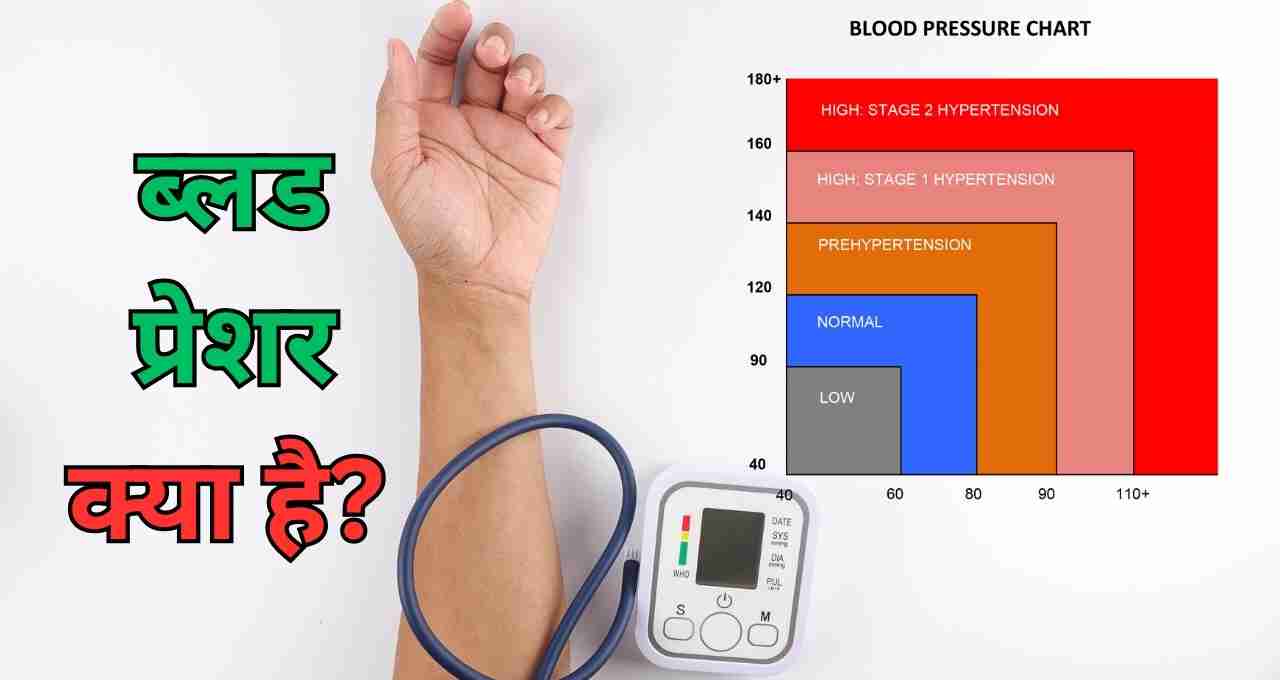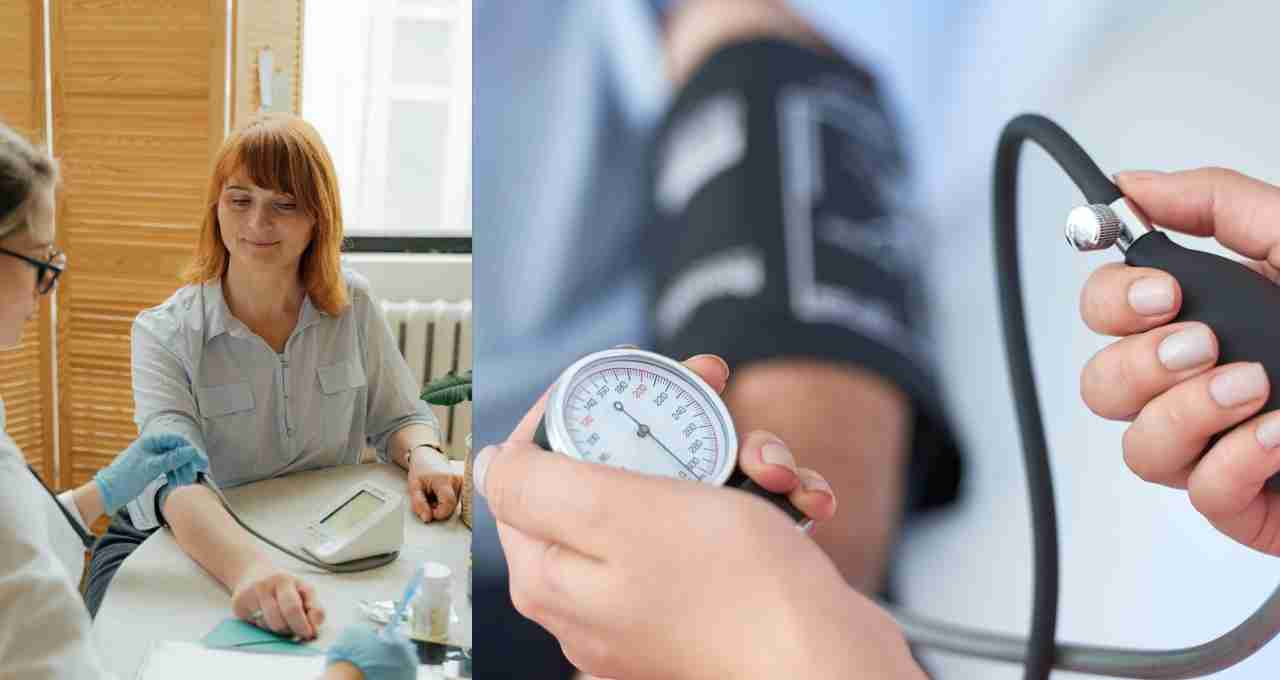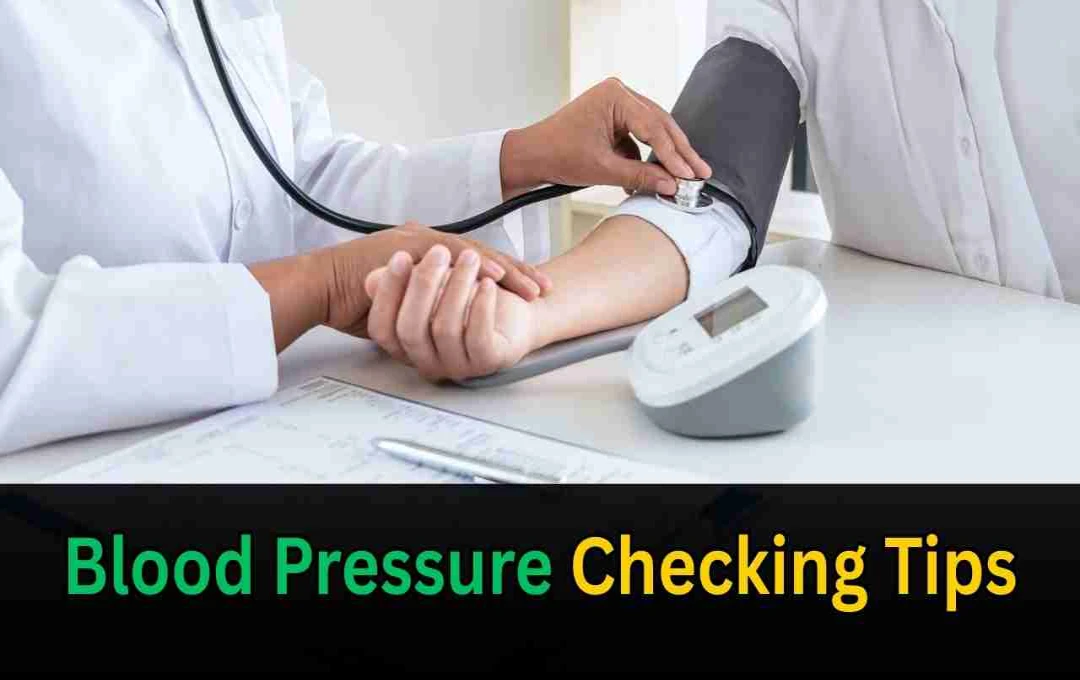For an accurate blood pressure (BP) reading, certain precautions are crucial. Normal blood pressure is considered to be 120/80 mmHg. Avoid tea, coffee, smoking, or physical exertion before the test, sit upright, and keep your arm at heart level. Contact a doctor immediately for abnormal readings and ensure proper use of a home monitor.
Blood Pressure Checking Tips: Blood pressure is an important indicator of the health of our heart and blood vessels. A normal BP for an average person should be around 120/80 mmHg. For an accurate reading, avoid tea, coffee, cigarettes, or alcohol half an hour before the test, sit upright, keep your arm relaxed and at heart level. It is beneficial to check both arms from time to time and use a home monitor as advised by a doctor when needed.
What is Blood Pressure and its Types

Blood pressure (BP) measures the flow of blood in the body and the force of the heart's pumping action. When the heart pumps blood, pressure is exerted on the walls of the arteries. This is what is known as blood pressure. There are two types of blood pressure: systolic and diastolic. Systolic pressure is the upper pressure, and diastolic pressure is the lower pressure.
Under normal circumstances, blood pressure keeps the body's functions balanced. However, if it is consistently too high or too low, the risk of heart attack, stroke, kidney damage, and other serious illnesses increases.
What Should Normal Blood Pressure Be?
A normal and healthy person's blood pressure is approximately 120/80 mmHg. In this, 120 represents the systolic pressure, and 80 represents the diastolic pressure. If blood pressure is 140/90 mmHg or higher, it is considered high blood pressure. Conversely, a reading below 90/60 mmHg falls into the category of low blood pressure.
BP levels can be affected by several factors. Unhealthy eating habits, high salt intake, obesity, lack of physical activity, stress, smoking, alcohol consumption, and lack of sleep can raise or lower blood pressure. In addition, genetic factors and aging also affect blood pressure.
What to Keep in Mind While Checking BP

To ensure that BP is checked correctly and accurately, certain precautions should be taken. Avoid consuming tea, coffee, cigarettes, or alcohol at least half an hour before the test. These can affect the BP reading.
Avoid any kind of physical exertion or stress immediately before the test. Sit in a relaxed position and relax yourself by taking deep breaths.
Sit upright during the test and do not cross your legs. Keep your arm in a relaxed position and keep the arm at heart level. This will allow the machine to record the correct pressure.
Often, people measure BP from the same arm continuously. But it is also necessary to check blood pressure from both arms from time to time. According to the doctor's advice, it is also beneficial to measure BP at different times in the morning and evening.
Things to Keep in Mind During and After the Test
The BP machine should always be reliable and calibrated. Do not be satisfied with taking a reading once. Be sure to check at least twice. Contact a doctor immediately for any abnormal readings.
A blood pressure monitor can also be used at home. But it is important to seek doctor's advice for this. Regular check-ups reveal whether medications or lifestyle changes are working or not.
Ways to Control Blood Pressure
To maintain BP at a normal level, it is important to adopt a healthy lifestyle. Reduce salt intake, eat a balanced diet, engage in regular physical activity, and manage stress. Stay away from smoking and alcohol and get enough sleep.
Periodic blood pressure checks reveal whether the body's condition is normal or requires any changes. This maintains the safety of the heart and blood vessels.















